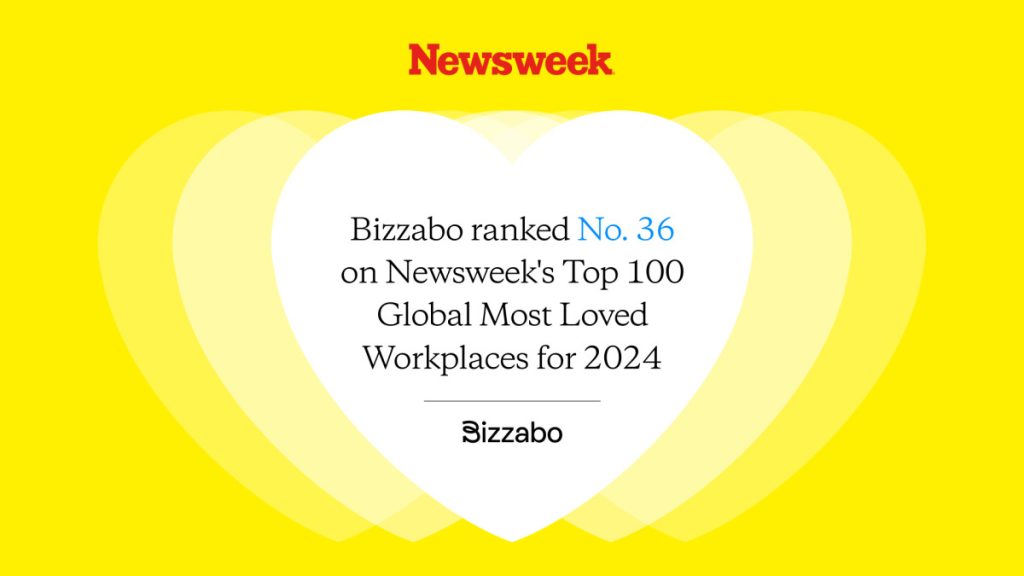Conference Branding: The Complete Guide to Event Branding


Event branding is crucial in creating a distinctive and impactful identity for conferences and corporate events, including creating a theme or idea that matches the event’s goal, principles, and target audience.
By incorporating elements such as the event name, logo, color palette, typography, visual design, and overall aesthetics, event branding aims to deliver a cohesive and consistent experience for attendees, sponsors, and stakeholders.
In this guide, we’ll explore conference branding and how to effectively create and implement a successful event branding strategy.
What is Event Branding?
Event branding creates a unique and memorable conference or corporate event identity. It involves developing a theme or concept that reflects the event’s purpose, values, and target audience. Event branding encompasses event name, logo, color palette, typography, visual design, and overall aesthetics.
Event branding aims to establish a cohesive and consistent experience for attendees, sponsors, and stakeholders, ultimately leaving a lasting impression and building brand recognition.
What is the Difference Between Event Branding and Event Marketing?
Event branding and event marketing are distinct but interrelated concepts in the event industry. While they both play a crucial role in the success of an event, understanding the difference between them is essential.
- Event branding refers to creating a unique and memorable identity for your event. It involves developing a cohesive visual aesthetic, including elements such as the event logo, colors, typography, and overall design. Event branding aims to establish a strong and recognizable brand that resonates with your target audience and sets your event apart from others in the industry.
- Event marketing focuses on promoting your event to attract attendees and generate interest. It involves various marketing strategies and tactics, such as social media campaigns, email marketing, content creation, and advertising. The primary objective of event marketing is to drive registrations, increase attendance, and create buzz around your event.
Although event branding and marketing are distinct, they are closely intertwined. Event branding sets the foundation for effective event marketing by creating a visual identity that can be used in promotional materials. The branding elements, such as the event logo and colors, are incorporated into marketing materials to create a consistent and cohesive brand experience for potential attendees.
Both are essential for the success of an event, as a strong brand can attract attendees and sponsors, while effective marketing strategies can reach and engage with your target audience.
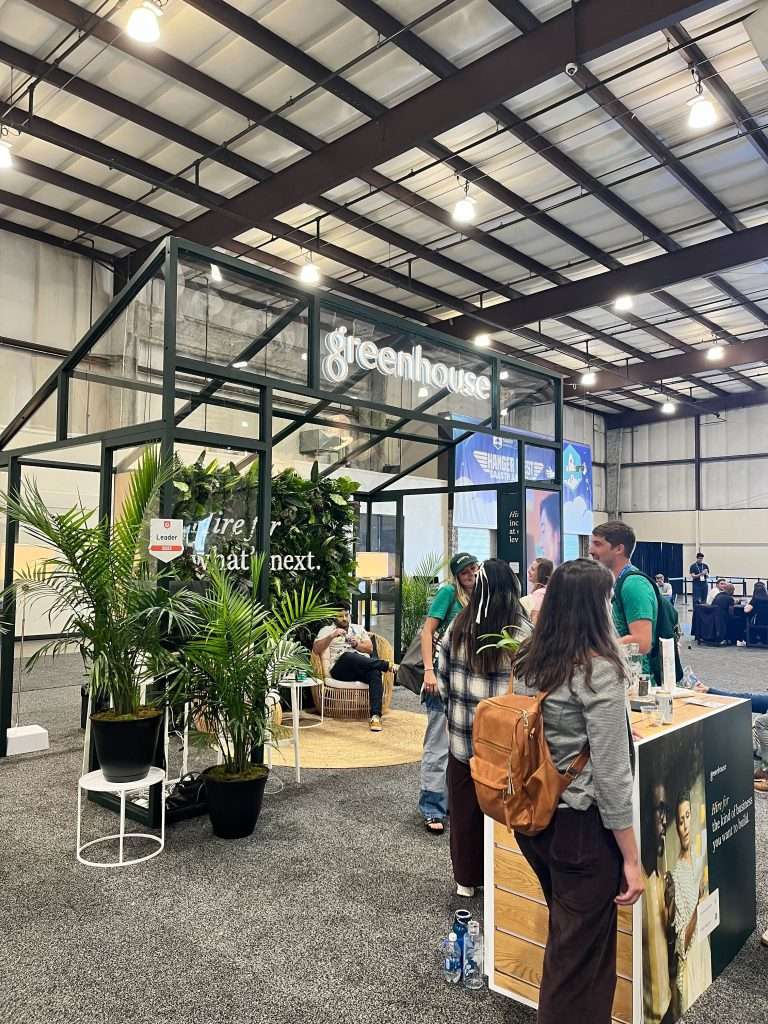
Why is Event Branding Important?
Event branding is a crucial aspect of any successful event. It involves creating a unique and memorable identity for your event that resonates with your target audience. Event branding encompasses logo, colors, typography, and overall design aesthetic.
One of the key reasons why event branding is important is that it helps to differentiate your event from others in a crowded marketplace. With so many conferences and corporate events, standing out and making a lasting impression is essential. A strong and consistent event brand helps to establish your event as a reputable and trustworthy choice for attendees.
Event branding is also vital in increasing registrations and brand awareness. When potential attendees come across your event’s branding materials, they should immediately understand what your event is about and why they should attend. A visually appealing and cohesive branding strategy can pique their interest, encourage them to find out more, and ultimately register for the event.
By consistently using your event’s branding across various marketing channels, such as social media, email campaigns, and websites, you create a sense of familiarity and recognition among your target audience. This helps to build trust and credibility, making it more likely for people to register for your event.
In addition to attracting attendees, event branding also helps to attract sponsors and partners. When companies see a well-designed and professional event brand, they are more likely to consider partnering with or sponsoring your event. A strong brand communicates professionalism and can instill confidence in potential sponsors, leading to increased revenue opportunities.
5 Core Elements of Conference Branding
Event branding encompasses various elements crucial in creating a unique and memorable identity for your event. Let’s explore some of the core elements of event branding:
- Website: Your event website is your attendees’ central hub of information and interaction. It should reflect the overall event branding through consistent colors, typography, and design elements. The website should provide essential details about the event, such as the agenda, speakers, registration information, and any other relevant information. It should also be user-friendly, with easy navigation and a responsive design for mobile devices.
- Social media: Social media platforms are powerful tools for promoting your event and engaging with your target audience. Incorporate your event branding into your social media profiles using the same logo, colors, and design elements. Create visually appealing graphics and posts that reflect your event branding and share them across social media channels. Encourage attendees to engage with your event by using event-specific hashtags and sharing their experiences.
- Email: Email marketing is an effective way to communicate with your attendees before, during, and after the event. Use your event branding in email templates, including the logo, colors, and typography. Personalize your emails and segment your audience to provide relevant and targeted information. Ensure your email content aligns with your event branding and reinforces the key messages and benefits of attending.
- Venue: The physical space where your event takes place offers an opportunity to reinforce your branding. Use signage, banners, and displays incorporating your event logo, colors, and messaging. Consider incorporating branded elements into the venue decor, such as tablecloths or custom lighting. Create an immersive experience that aligns with your event branding and leaves a lasting impression on attendees.
- Mobile app: If you have a mobile app for your event, ensure it reflects your branding. Customize the app’s interface with your event logo, colors, and design elements. Provide a seamless user experience by incorporating your event branding into the app’s navigation and features. Use push notifications to engage with attendees and share important updates or reminders, all while maintaining consistent event branding.
Incorporating your event branding into these core elements creates a cohesive and immersive experience for your attendees. Consistency across your website, social media, email, venue, and mobile app helps to reinforce your event’s identity and build brand recognition. This, in turn, can increase attendee engagement, registrations, and overall event success.
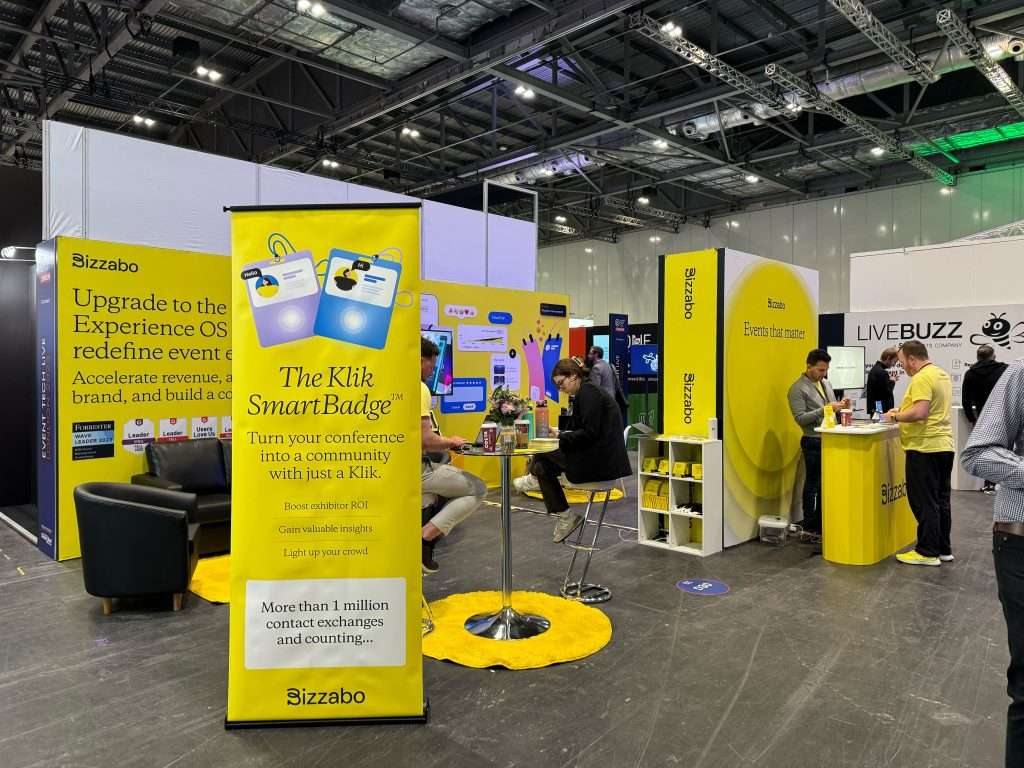
6 Key Elements of Impactful Onsite Event Branding
In addition to the core elements of event branding mentioned earlier, impactful onsite branding plays a crucial role in creating a memorable experience for attendees. Here are some key elements to consider when it comes to onsite event branding:
- Signage/banners: Strategically placed signage and banners can effectively communicate your event branding and guide attendees throughout the venue. Use branded signage that incorporates your event logo, colors, and messaging. Place them in high-traffic areas, such as entrances, registration desks, and session rooms, to create a cohesive and visually appealing atmosphere.
- Sponsorship/partner displays: If you have event sponsors or partners, it is essential to showcase their branding alongside your event branding. Create designated areas or booths where sponsors can display their logos, products, or services. Ensure that their branding aligns with your overall event branding to maintain a cohesive look and feel.
- Venue decor: Transform the venue space into an immersive experience that aligns with your event branding. Consider incorporating branded elements into the decor, such as tablecloths, custom lighting, or thematic props. Use colors, patterns, and textures that reflect your event branding to create a visually cohesive environment.
- Marketing materials: Printed marketing materials, such as brochures, flyers, and posters, provide opportunities to reinforce your event branding. Ensure that these materials incorporate your event logo, colors, and typography. Use consistent messaging and design elements to create a unified visual identity across all marketing materials.
- Swag: Branded merchandise or swag items are not only a great way to engage attendees but also to reinforce your event branding. Consider providing branded items like tote bags, water bottles, or t-shirts that reflect your event branding. These items serve as reminders of the event and can extend the reach of your branding beyond the event itself.
- Stage/visual design: The stage design and visual elements can significantly impact the overall event atmosphere. Incorporate your event branding into the stage backdrop, podium design, and presentation slides. Use consistent colors, typography, and graphics to create a visually cohesive and memorable experience for attendees.
By focusing on these key elements of impactful onsite branding, you can create a visually cohesive and immersive experience for your attendees. Consistency in signage, sponsorship displays, venue decor, marketing materials, swag, and stage design helps reinforce your event branding and leave a lasting impression on attendees.
Examples: 3 Corporate Event Branding Ideas to Emulate
Are you looking for a few corporate event branding ideas to inspire your upcoming event? These three events demonstrate outstanding and cohesive event branding by effectively incorporating the keywords conference event branding, corporate event branding, and conference and corporate event branding into their visual identities. Check ’em out:
TED Conference
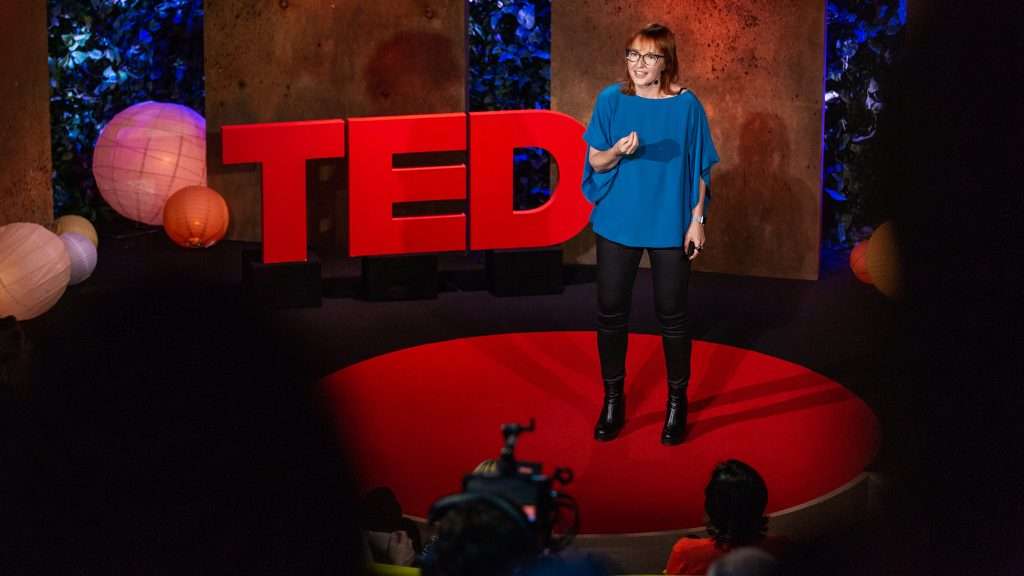
TED is known for its exceptional event branding, combining a sleek and modern design with a focus on intellectual stimulation. The conference event branding incorporates bold typography, vibrant colors, and an instantly recognizable logo.
From the stage design to the signage and marketing materials, TED maintains a consistent and cohesive visual identity that reflects their conferences’ innovative and thought-provoking nature.
Dreamforce
Dreamforce, Salesforce’s annual conference, is renowned for its impressive corporate event branding. The branding integrates the company’s logo and colors with creative, eye-catching designs.
Dreamforce incorporates its branding throughout the event, from the venue decor to the digital screens and attendee badges. Consistent branding elements create a cohesive and immersive experience for attendees and reinforce the company’s identity and values.
SXSW
SXSW is multiple conferences in one, covering various industries such as music, film, technology, and more. The conference and corporate event branding of SXSW successfully combines the different themes and elements into a cohesive visual identity.
The branding incorporates a mix of vibrant colors, bold typography, and dynamic graphics that reflect the energy and diversity of the event. From the stage design to the promotional materials, SXSW’s branding creates a memorable and engaging experience for attendees.
How to Measure the Success of Conference Branding
Measuring the success of your event branding is essential to understand how well it resonated with your target audience and achieved your goals. Here are some key metrics and strategies to consider when evaluating the performance of your event branding:
- Surveys and feedback: One of the most direct ways to measure the impact of your event branding is by collecting feedback from attendees. Design surveys or questionnaires that specifically ask about their perception of your event branding. Ask questions about brand recognition, recall, and overall satisfaction with the branding elements. This feedback will provide insights into how well your branding resonated with attendees.
- Social media engagement: Monitor social media platforms before, during, and after the event to gauge the level of engagement with your event branding. Look for mentions, hashtags, and shares related to your brand. Measure the number of likes, comments, and shares on branded posts and content. Higher engagement indicates that your event branding successfully captured the attention and interest of attendees.
- Website traffic and conversion: Analyze website traffic and conversion rates during and after the event. Look for an increase in the number of visitors to your event website or landing pages. Track conversions, such as registrations or ticket sales, to assess the effectiveness of your event branding in driving desired actions. A notable increase in website traffic and conversions indicates that your branding attracted and engaged potential attendees.
- Media coverage and PR: Assess how the media and public relations talk about your event. Keep track of press releases, news articles, blog posts, and interviews about your event. Check how much and how well the media mentions your event, as well as the general mood of the coverage. If the media talks positively about your event, it means that your event’s branding got the attention of journalists and influencers.
- Brand awareness and recognition: Assess the level of brand awareness and recognition achieved through your event branding. Conduct pre-event and post-event surveys to measure brand recall among attendees. Monitor brand mentions and sentiment on social media and online platforms. Higher brand awareness and positive sentiment indicate that your event branding effectively communicated your brand message and values.
- Return on Investment (ROI): To calculate the ROI of your event branding, compare the costs with the measurable outcomes. See how your branding affects ticket sales, sponsorships, partnerships, and lead generation. By analyzing the financial returns from your branding investments, you can determine if your event branding is effective and valuable.
Remember that measuring the success of event branding is an ongoing process. Be sure to set benchmarks and goals well before the event kicks off!
Elevate Your Conference Branding with Bizzabo Studios
Mastering the art of event branding is crucial for the success of any conference or corporate event. This is where Bizzabo Studios steps in as an indispensable partner. With our expertise in crafting unique and memorable event identities, Bizzabo Studios provides a comprehensive suite of services to ensure your event stands out. Their experienced designers and strategists specialize in creating cohesive and engaging branding that resonates with your audience and amplifies your event’s impact.
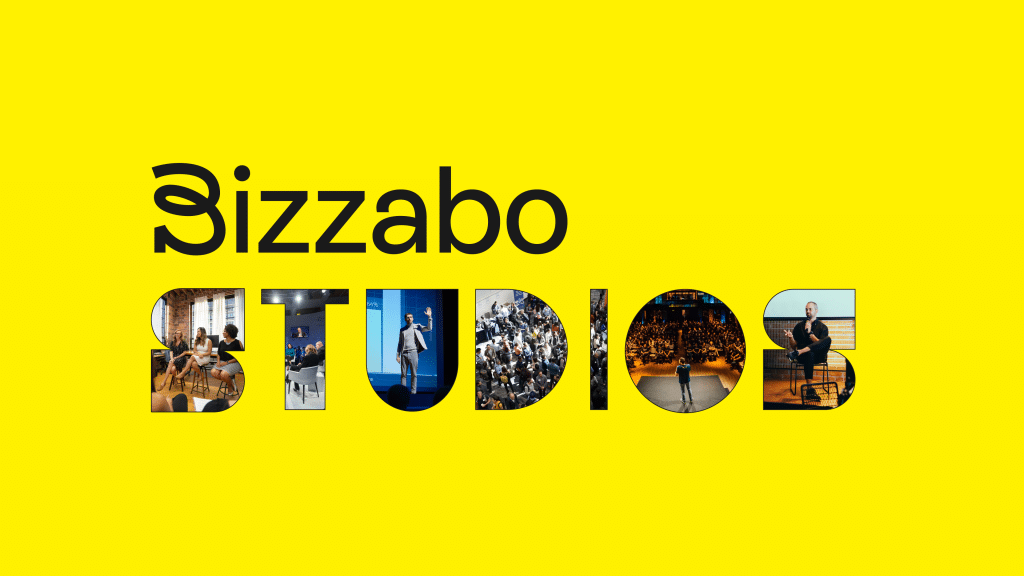
Bizzabo Studios excels in blending creativity with strategy, ensuring that every aspect of your event, from digital platforms like websites and mobile apps to physical elements such as venue décor and onsite branding, aligns seamlessly with your brand’s vision. Our approach goes beyond aesthetics, developing a compelling narrative that embodies your event’s goals and values. This holistic approach enhances the attendee experience and boosts registrations and overall brand awareness.
Choosing Bizzabo Studios means entrusting your event’s identity to experts who understand the nuances of successful event branding. We offer tailored solutions, ensuring your branding resonates with your target audience and achieves your objectives. By partnering with Bizzabo Studios, you’re not just organizing an event but creating an immersive brand experience that leaves a lasting impression on every attendee.
Editor’s note: This post was originally published on January 12, 2019 and has since been updated to include the latest developments in the events industry.
